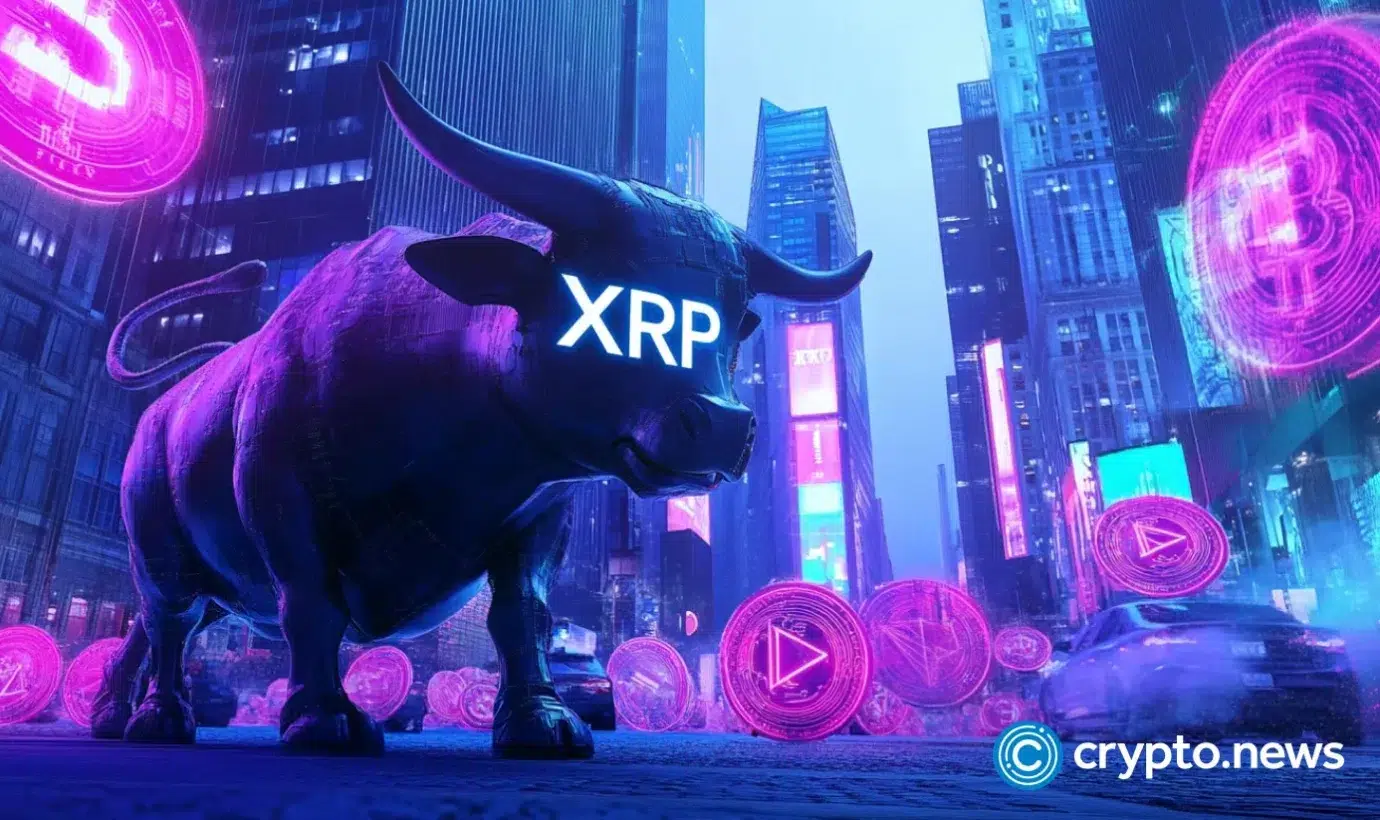New Report Reveals the 10 Wealthiest Identified Crypto Holders
- Bitcoin crossed $40,000 in 2021 and has achieved an ATH of $126,128 this year, maintaining a maximum supply of 21 million coins.
- Arkham Intelligence has released a report of the 10 richest on-chain individuals, beginning with Justin Sun and Satoshi.
Satoshi Nakamoto introduced Bitcoin in 2008 through a whitepaper titled “Bitcoin: A Peer-to-Peer Electronic Cash System”. The Bitcoin network itself was launched in January 2009 when Nakamoto mined the first block, known as the genesis block, and Ethereum (ETH) followed in 2013.
Bitcoin (BTC) currently holds a market capitalization of $1.83 trillion, with a 24-hour trading volume of $80 billion. The Altcoin Season Index, presently at 26/100, suggests that the market is in a Bitcoin-dominated phase.
BTC is currently trading at $91,600, following a 10% decline over the past week, placing it approximately 27% below its all-time high of $126,198.
A recent analysis of blockchain data by Arkham Intelligence has shed light on the top 10 richest identified individuals in the crypto world, not institutions, funds, or governments, but people whose on-chain wallets can be traced and ascribed to a real-world identity. According to the team, “Crypto has created many millionaires in its past 16 years of existence.”
The Top 10 Wealthiest
Satoshi Nakamoto, the pseudonymous creator of Bitcoin, remains the richest holder of BTC, having mined early Bitcoin across approximately 22,000 wallets that have never been moved. This early stash makes Satoshi the wealthiest figure in crypto history, with an estimated fortune well over $100 billion, around $115 billion at current prices.
Justin Sun, the founder of the TRON network and involved with BitTorrent, holds an estimated $1.9 billion in on-chain assets, with total net worth possibly exceeding $5 billion, including large holdings of TRX, stETH, BTC, WLFI, and BTT.
Rain Lohmus, who bought $75,000 worth of ETH in the 2014 ICO when the token was roughly $0.30, now has holdings valued at around $886 million, though he has lost access to his keys and has admitted to making little effort to recover them despite ETH’s surge to $3,000.
Ethereum co-founder Vitalik Buterin holds the fourth position with an estimated $867 million in holdings, consisting mostly of ETH and numerous airdropped tokens he received over the years.
As reported by CNF in February, James Howells is a Welsh IT specialist who lost access to 8,000 BTC after accidentally throwing a hard drive containing the private keys into a landfill in Wales. Today, those coins would be worth hundreds of millions of dollars, but recovering them has proven extremely difficult both legally and logistically.
Stefan Thomas owns over 7,000 BTC, but the private key is locked in an IronKey wallet, and he reportedly has only two attempts left to enter the correct password. Clifton Collins, in a separate incident, lost access to 6,000 BTC stored on paper, reportedly acquired through illicit activity, leaving the coins permanently inaccessible.
Early Bitcoin trader Owen Gunden recently moved 1,800 BTC to the Kraken exchange, indicating a potential upcoming sale of his holdings, valued at around $561 million.
Shixing Mao, also known as DiscusFish, is the founder of F2Pool, one of the oldest and largest Bitcoin mining pools, and is associated with the crypto wallet company Cobo, holding 2,616 BTC and approximately 49,197 ETH.
Finally, Patricio Worthalter, founder of POAP, holds a diversified portfolio including 41,950 ETH valued at $148.78 million, 19,998 WETH valued at $70.93 million, 1.097 million USDC valued at $1.1 million, and 820,453 USDT valued at $820,450.
]]>You May Also Like

REX-Osprey’s XRP ETF hits $24m as day 1 volume outpaces futures debut

Zcash (ZEC) Rips While Bitcoin Dips — Can This Privacy Coin Run 49% Higher
